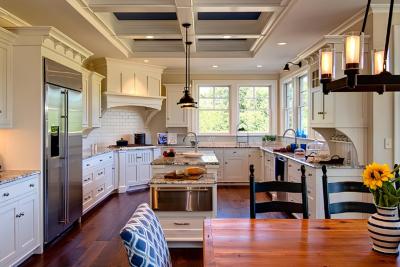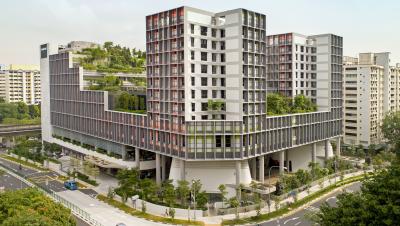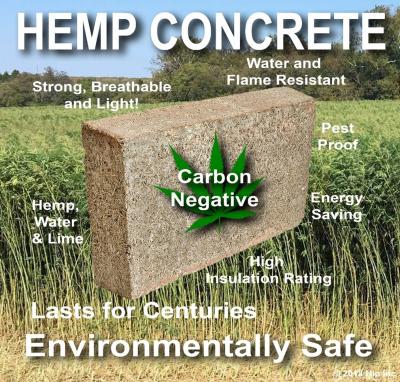
What is Foam Density?
Foam density measures the mass of a cubic foot of foam material, expressed in pounds per cubic foot (PCF). It’s important to note that density is distinct from firmness, which determines how soft or hard the foam feels. High-density foam typically offers better durability and support, making it crucial to understand where a given density value stands within the broader scale.

Understanding Foam Density Ranges
1. Fair-Quality Foam (0.8LB – 1.5LB Density)
 |
Foams in this range are lightweight and cost-effective, suitable for light-use applications. These lower-density materials contain less physical foam mass, making them less durable and more prone to wear over time. |
Applications:


Pros: Affordable and versatile. Cons: Limited durability under frequent use.
This medium-density range represents a significant quality jump. These foams are more durable and better suited for everyday use while maintaining reasonable affordability.
Applications:


Pros: Balanced durability and cost. Cons: May lack the longevity of higher-density options.
High-density foams in this range are premium materials offering exceptional durability and resilience. With up to triple the foam mass of lower-density options, they are ideal for demanding applications.
Applications:

Pros: Outstanding durability and longevity. Cons: Higher cost, but often worth the investment.
Why Density Matters
A small difference in foam density can have a significant impact. For instance, while a 1.2LB density foam may seem close to a 2.8LB density, the latter offers substantially greater durability and resilience. Understanding the scale—ranging from 0.8LB to 3.5LB—enables you to identify the perfect foam for your specific needs.
Key Takeaways
By understanding foam density ranges, you can confidently select a product that aligns with your application and budget. Whether you’re seeking cost-effective packaging solutions or a durable mattress topper, knowing how density values translate into performance will empower you to make the right choice.

The News 14/12/2025
Architectural Digest gợi ý Cloud Dancer phù hợp với plush fabrics và những hình khối “mềm”, tránh cảm giác cứng/rigid; họ liên hệ nó với cảm giác “weightless fullness” (nhẹ nhưng đầy) [3]. Đây là cơ hội cho các dòng vải bọc, rèm, thảm, bedding: màu trắng ngà làm nổi sợi dệt và tạo cảm giác chạm “ấm”.Pantone has announced the PANTONE 11-4201 Cloud Dancer as the Color of the Year 2026: a "buoyant" and balanced white, described as a whisper of peace in the midst of a noisy world. This is also the first time Pantone has chosen a white color since the "Color of the Year" program began in 1999. Pantone calls Cloud Dancer a "lofty/billowy" white tone that has a relaxing feel, giving the mind more space to create and innovate [1].

The News 04/12/2025
The Netherlands is one of the most vulnerable countries to climate change, with about a third of its area lying below sea level and the rest regularly at risk of flooding. As sea levels are forecast to continue to rise and extreme rains increase, the government is not only strengthening dikes and tidal culverts, but also testing new adaptation models. Floating housing in Amsterdam – typically the Waterbuurt and Schoonschip districts – is seen as "urban laboratories" for a new way of living: not only fighting floods, but actively living with water. In parallel with climate pressures, Amsterdam faces a shortage of housing and scarce land funds. The expansion of the city to the water helps solve two problems at the same time: increasing the supply of housing without encroaching on more land, and at the same time testing an urban model that is able to adapt to flooding and sea level rise.

The News 20/11/2025
Kampung Admiralty - the project that won the "Building of the Year 2018" award at the World Architecture Festival - is a clear demonstration of smart tropical green architecture. With a three-storey "club sandwich" design, a natural ventilation system that saves 13% of cooling energy, and a 125% greening rate, this project opens up many valuable lessons for Vietnamese urban projects in the context of climate change.

The News 10/11/2025
In the midst of the hustle and bustle of urban life, many Vietnamese families are looking for a different living space – where they can enjoy modernity without being far from nature. Tropical Modern villa architecture is the perfect answer to this need. Not only an aesthetic trend, this is also a smart design philosophy, harmoniously combining technology, local materials and Vietnam's typical tropical climate.

The News 25/10/2025
Hemp-lime (hempcrete) is a non-load-bearing covering material consisting of a hemp wood core (hemp shiv/hurd) combined with a lime-based adhesive, outstanding for its insulation – moisture conditioning – indoor environmental durability; in particular, IRC 2024 – Appendix BL has established a normative line applicable to low-rise housing, strengthening the technical-legal feasibility of this biomaterial.

The News 11/10/2025
Amid rapid urbanization and global climate change, architecture is not only construction but also the art of harmonizing people, the environment, and technology. The Bahrain World Trade Center (BWTC)—the iconic twin towers in Manama, Bahrain—is a vivid testament to this fusion. Completed in 2008, BWTC is not only the tallest building in Bahrain (240 meters) but also the first building in the world to integrate wind turbines into its primary structure, supplying renewable energy to itself [1]. This article explores the BWTC’s structural system and design principles, examining how it overcomes the challenges of a desert environment to become a convincing sustainable model for future cities. Through an academic lens, we will see that BWTC is not merely a building but a declaration of architectural creativity.